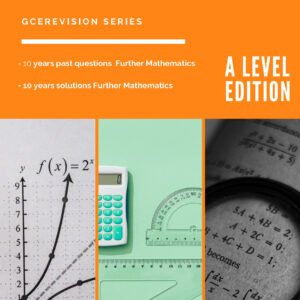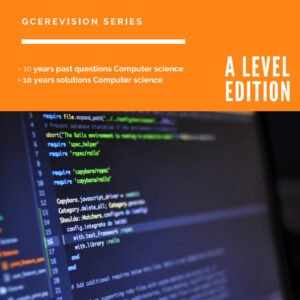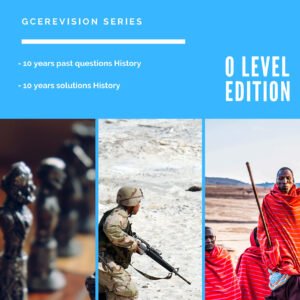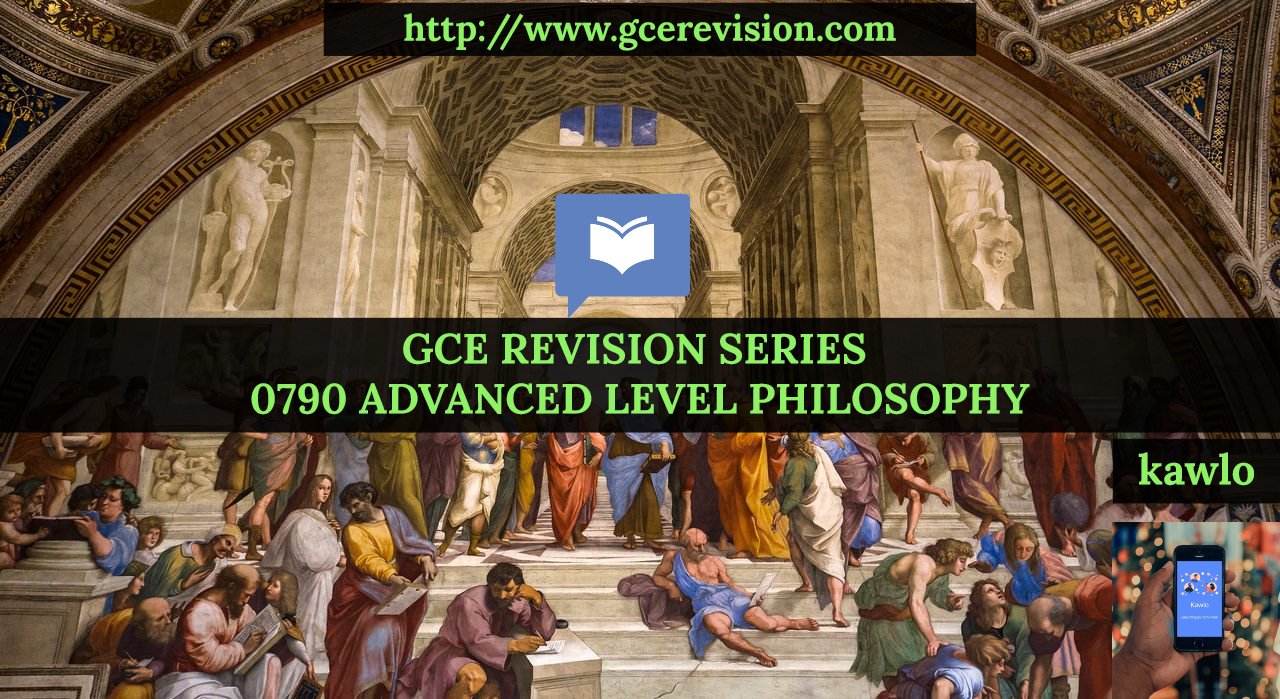SECTION A
SUMMARY AND TEXT RECONSTRUCTION (30 marks)
QUESTION 1: SUMMARY (15 marks)
Read the following passage carefully on the rainbow and in not more than 250 words of one paragraph, state the different views that people hold about the appearance of the rainbow.
The rainbow’s arch of seven bright bands of colour is a common and beautiful sight. It needs only the conjunction of sun and rain at the right angle for a rainbow to appear. Although most of us see many rainbows in our lives, there are rare occasions when, owing to meteorological circumstances, we see one of particular brilliance complete with faint inner bows and a secondary bow. It is always a pleasure to sight a rainbow and an unusually bright or complete one is memorable. Mostly a bow is a faint sheen of colour glimpsed amid the rainclouds but, at its best, it is so clearly defined as to seem almost solid. Because it is a commonplace phenomenon, it is taken for granted. ‘My heart leaps up when I behold a rainbow in the sky’, wrote the romantic poet William Wordsworth, about the pleasure most of us feel at such a sight.
The rainbow has been regarded as a lucky omen as well as a cheerful sight. The Bible describes it as a sign of mercy which God shows in the heavens to reassure us that, despite the rain, he does not intend to inflict a catastrophe like Noah’s Flood upon us again. ‘I do set my bow in the cloud and it shall be for a token of a covenant between me and the Earth’, God promised Noah. There are some who believe that this is literally true and some who regard it as a charming explanation of a phenomenon — not understood by the authors of the Bible. It is also considered to be a lucky sign in Celtic mythology although the Celts obviously have a more venal idea of luck than the writers of the scriptures. They believe that there is a crock of gold buried at the rainbow’s end and all you have to do is dig it up to be rich beyond the dreams of avarice.
Every culture has ingeniously accounted for the rainbow’s appearance and its intermittent existence. In Greek mythology, for example, Iris was the goddess of the rainbow and she also acted as the messenger of the gods. The Aborigines of Australia saw the rainbow as the rain’s dutiful son whose bow was necessary to protect his father from falling down. They believed, therefore, that the brilliant rainbow should be driven away lest its efforts should cause a drought and they performed elaborate rituals to this end. Although western traditions generally regard the rainbow as a lucky omen, the Karens of Burma, for example, thought the rainbow was a malignant and dangerous demon that devoured children, associating it with snakes. Among some Polynesian peoples, the rainbow was the path of heaven and Bifrost, the sacred bridge of Scandinavian myth, was a seven-coloured arc leading to the homes of the gods. At the time of Ragnarok — when, according to Norse belief, all things would be destroyed — the rainbow bridge would be broken under the weight of the giant, Surt, and his followers riding over it with swords drawn. Traces of belief in the sacred nature of the rainbow still survive in some country customs and children’s rhymes.
In Europe, this traditional apprehension of the rainbow survives. In the north of England, for instance, children still play at ‘crossing out’ the rainbow by placing two sticks crossways. Old methods of predicting the weather by the rainbow linger on in the popular sayings such as ‘a rainbow at night, the rain is gone quite’. Often such simple recommendations are proved to have a scientific basis.
The optimism of the Celtic myth may be justified, but anyone who has tried to find the crock of gold knows that the rainbow’s end is hard to track down because, however fast you move towards it, it still maintains its distance from you. It is impossible to reach the rainbow’s end because the rainbow is an image. The arc we see is caused by the reflection and refraction of sunlight at a certain angle which means
as one advances on the bow, it will advance ahead by being reflected in different raindrops (the angle of reflection does not change). This means, in effect, that two observers standing side by side will be seeing a slightly different rainbow because the sun will be reflected to each by different raindrops.
The seven colours of the rainbow illustrate the fact that light is compotind. We are all used to the idea of sound being on different frequencies and accept that dog whistles can be pitched too high for the human ear so that they seem silent to us although they can be heard by a dog with its higher hearing range. In the same way, we know that radio waves come on different frequencies and we tune our radios in to different stations accordingly. Light is electro-magnetic radiations and it is not white as it seems to be, but is a compound of the seven colours of the rainbow. When light is passed through a pair of angled transparent surfaces (such as the walls of a glass prism or the two sides of a raindrop), it can be made to bend just as a bullet might ricochet off a slanting surface.
As bullets of a different weight might ricochet at different angles, the seven light frequencies are bent at different angles, and separated out. The result of this process, which is called refraction, is that light which has been refracted reaches us in a separated sequence of violet, indigo, blue, green, yellow, orange and red rather than all together in the compound which our brains accept as white light.
The intensity of the rainbow’s colours depends upon the size of the raindrops producing it — the larger the drops, the more brilliant the colours. A brilliant rainbow may well confuse us by being accompanied by a fainter, secondary bow in which the seven colours are ranged in reverse order. The secondary bow is caused by light that has been refracted twice which accounts for its comparative faintness. The secondary bow will appear outside the primary and be completely detached from it.
So there is no point in reaching for a shovel and rushing towards the rainbow’s end when you see one. It is better and more restful simply to appreciate its beauty, which has lit up many a grey day, and experience the pleasure that this phenomenon inspires in its beholders.
QUESTION 2: TEXT RECONSTRUCTION (15 marks)
Read the jumbled text below and reconstruct it in a coherent /logical manner.
There is a stock of some 600.000 bound volumes, and the library subscribes to almost 4,000 current periodical titles. On-line searching of abstracts and indexes on computer files can be arranged. A separate short loan collection contains books most in demand by students on taught courses. Books which are not in stock may be obtained for readers on inter-library loan, and facilities for photocopying from books and journals are also available. Special collections include the Overstone Library, the Stenton Library, the Finzi Book Room and the Cole Library of Early Medicine and Zoology. In addition the library houses the University Photographic Department and Bindery. Postgraduates may borrow up to 12 books at a time for a period of six weeks. The University Library has three branch libraries, all of which are open to all members of the University. The main library is open during the term from 9 a.m to 10.15 p.m. Mondays to Thursdays, 9 a.m to 7 p.m on Fridays, 9 a.m to 12.30 p.m on Saturdays, and 2 to 6 p.m on Sundays. The library distributes leaflets which give further details of its services and can arrange guided tours of the library for new students. Any changes are posted on the library notice board. The newly extended and carpeted library offers pleasant working conditions for students.
SECTION B
COMPOSITION (20 marks)
MARK DISTRIBUTION:
Content and Organisation (06 marks)
Expression (08 marks)
Accuracy (06 marks)
Choose ONE topic to write about from the list below. You are advised to write clearly and effectively, to spell and punctuate correctly, and to ensure that your writing is appropriate in style and content to the topic chosen. Avoid obscene language and do not disclose your identity. You should write between 500 and 550 words.
(a) It was the morning before I turned 18. I woke up to find a long limbless object crawling slowly towards the foot of my bed… Continue the story.
(b) If you were the president of your country, what would you do to stop the mass exodus of trained personnel and youths to foreign countries?
(c) Flowers.
(d) National holidays in Cameroon.
(e) Girls should be heiresses. Do you agree?
(f) Write a story, a description or other form of composition suggested by one of the following pictures. Your composition may be directly about the subject of the picture or take some central suggestion(s) from it. There must be a clear connection between the picture and your composition.
picture A

Picture B

SECTION C.
PRESCRIBED TEXT (20 marks) Answer ONE question only.
1. With reference to any three prescribed texts, show how the various writers use characters to portray their point of view on societal ills.
2. With reference to three situations or incidents in at least two prescribed texts, show to what effect the writers use symbolism.
3. In writing works of art, writers begin, develop and end in different ways. Show what techniques any two writers use in unfolding the events in the prescribed texts.
4. What makes Bole Butake’s Lake God drama and Nkemngong Nkengasong’s Across the Mongolo a novel?












Akwago Catherine
December 31, 2023
Solutions to GcE questions
Ladouce
January 21, 2024
Thé meaning of crawling